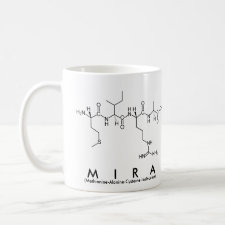
Authors: Demeestere K, Petrovic M, Gros M, Dewulf J, Van Langenhove H, Barceló D
Article Title: Trace analysis of antidepressants in environmental waters by molecularly imprinted polymer-based solid-phase extraction followed by ultra-performance liquid chromatography coupled to triple quadrupole mass spectrometry.
Publication date: 2010
Journal: Analytical and Bioanalytical Chemistry
Volume: 396
Issue: (2)
Page numbers: 825-837.
DOI: 10.1007/s00216-009-3270-2
Abstract: Abstract This paper presents the development, optimization, and validation of an innovative method to analyze trace concentrations of seven selected psychoactive pharmaceuticals in environmental waters. Hereby, the solid-phase extraction (SPE) potential of molecularly imprinted polymers (MIPs) in terms of extraction recovery, breakthrough, precision, and selectivity is studied for the first time. Instrumental analysis by ultra-performance liquid chromatography coupled to triple quadrupole mass spectrometry allowed a rapid (run time?=?7.5 min) and sensitive (instrumental detection limit ?7 pg injected) quantification of the target analytes. A systematic optimization study revealed that, among the seven compounds of interest, mainly the selective serotonin reuptake inhibitors paroxetine, fluoxetine, and citalopram are selectively retained on the MIPs. Experiments performed in spiked river water, sewage treatment plant (STP) effluent and influent showed for these compounds extraction recoveries higher than 70%, breakthrough volumes up to 200 mL, method detection limits (MDL) as low as 0.5 ng/L, and good precision (exemplified by relative standard deviations better than 15%, n???3). Compared to the widely used hydrophilic–lipophilic balanced (HLB) polymers, the newly developed MIPs indicated to be more resistant toward matrix effects induced ion signal suppression particularly when dealing with relative dirty samples like STP influents. As a result of the better selectivity, the MDL obtained with the MIP-based SPE method was up to a factor of 7 lower compared to those obtained with a recently reported multi-residue HLB method. However, optimizing a HLB method in terms of selectivity, e.g., by introducing a stronger washing protocol, can significantly reduce its MDL up to values approximating those obtained with MIPs
Template and target information: selective serotonin reuptake inhibitors, paroxetine, fluoxetine, citalopram
Author keywords: molecularly imprinted polymers (MIP), Selective serotonin reuptake inhibitors (SSRIs), Benzodiazepines, extraction, Environmental water analysis



Join the Society for Molecular Imprinting

New items RSS feed
Sign-up for e-mail updates:
Choose between receiving an occasional newsletter or more frequent e-mail alerts.
Click here to go to the sign-up page.
Is your name elemental or peptidic? Enter your name and find out by clicking either of the buttons below!
Other products you may like:
 MIPdatabase
MIPdatabase









